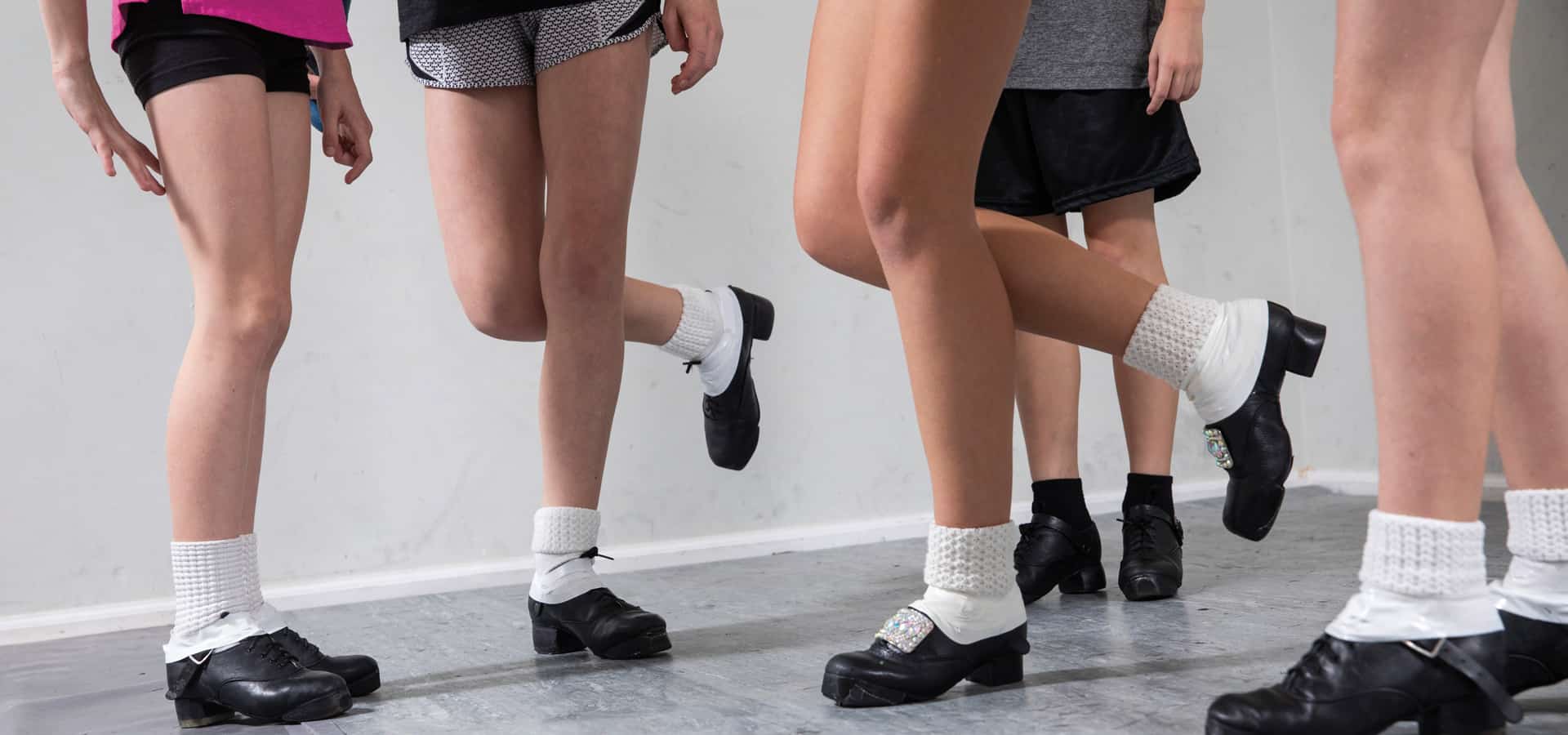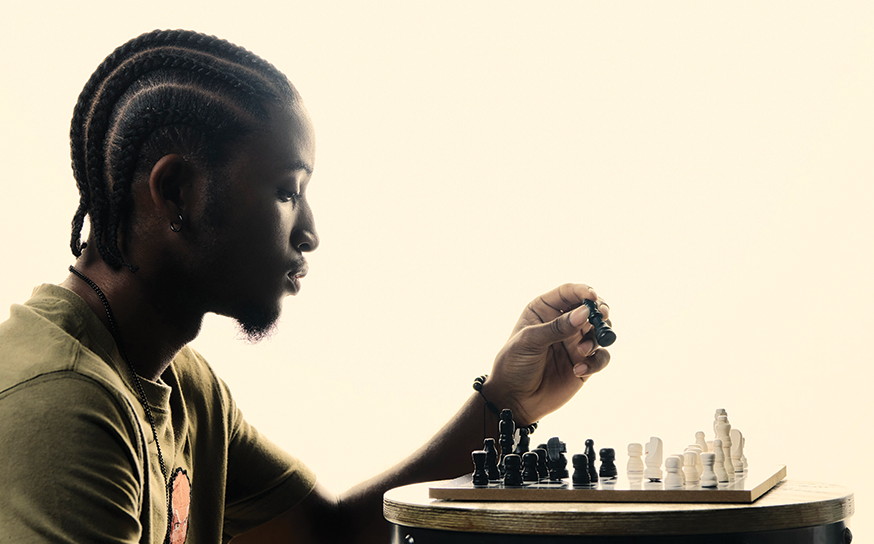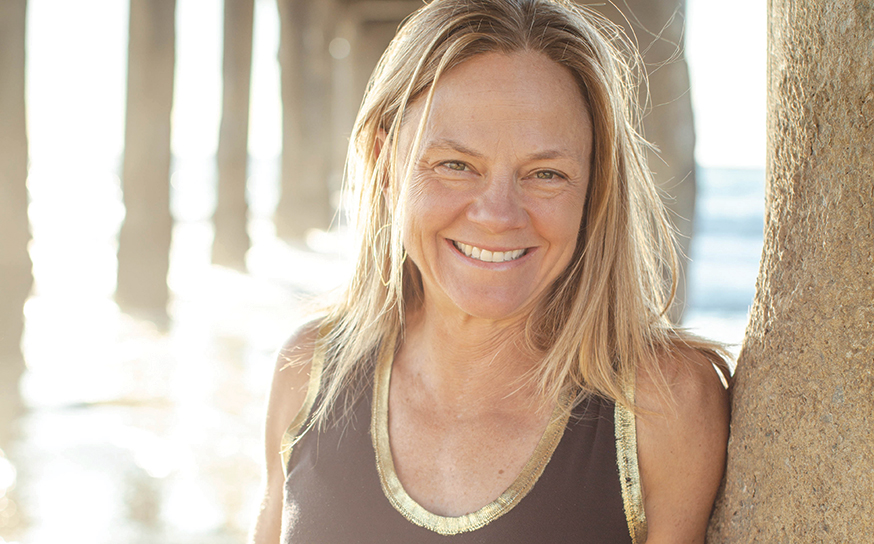Irish dancer Tara Barry-Phelan brings both her talent and training to Manhattan Beach
Every little step counts.
- CategoryPeople
- Written byAmber Klinck
- Photographed byNancy Pastor
Tara Barry-Phelan whisks into De Barra Academy of Irish Dance, settling into the quiet studio before her 4 p.m. class members arrive. “Happy Christmas,” she says with a smile as she hands over a box of Irish chocolates.
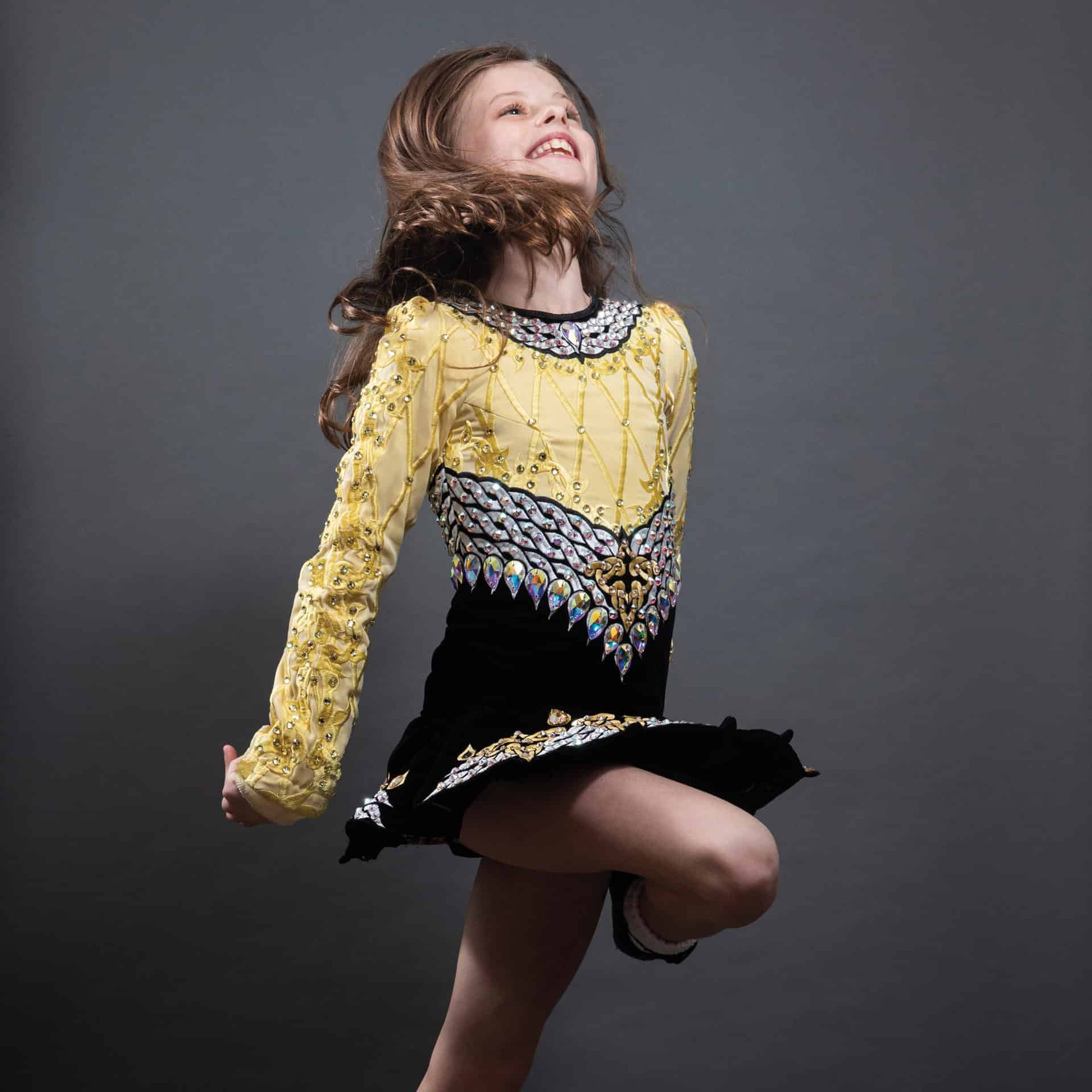
Tara is a natural beauty—petite and effortlessly charming with an unmistakable accent that immediately reveals her Irish roots. On stage, however, she’s a force—disciplined and powerful with every deliberate step perfected after years of hard work and dedication. That’s what led Tara to a successful professional career in Irish dance and what she now hopes to pass on to her students.
While teaching came as a natural progression in Tara’s career, it was the years she spent competing that served as her foundation as a dancer, and her victories that gave her the notoriety to earn a spot as one of the original dancers of Riverdance the Show. For Tara, dancing was ingrained in her childhood.
“Irish dance is in schools,” Tara explains. “It’s very much a part of the curriculum. Everybody learns a basic Irish step; you can’t really be Irish and not.”
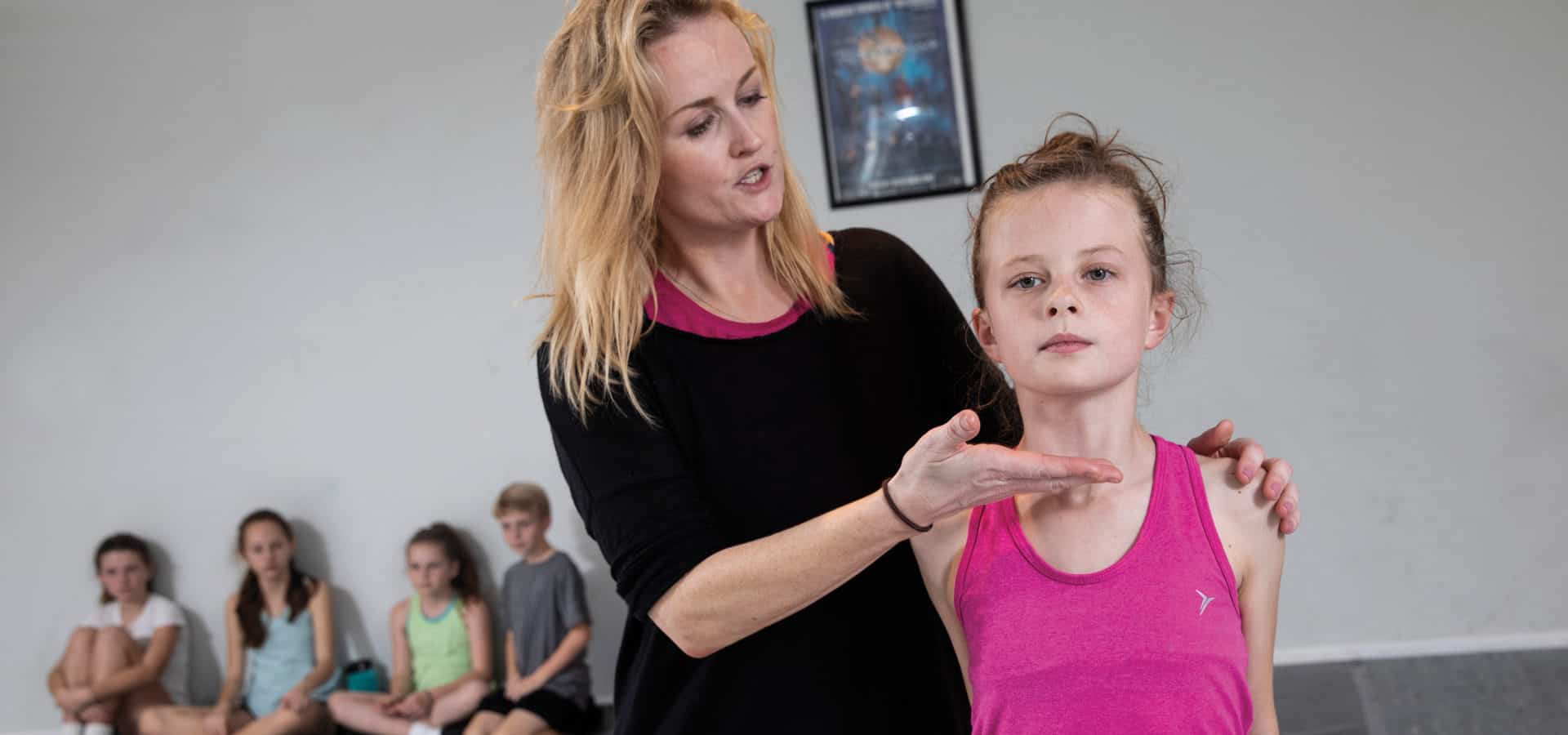
Tara’s older brother also danced in his youth. “He would have been a World Champion 10 times over,” she notes. “He could do flips on the spot and still can. But back then they wore kilts, so there was a bit of teasing. He laughs now and says, ‘Why didn’t I stick it out?’”
Tara was 3 years old when she first attended the Cowhie-Ryan School of Irish Dancing. By 7 she won her first Munster Championship. By 12 she won her first World Championship, and her second at 15. In addition to the two World Championship titles, Tara’s accolades include six All-Ireland Championships, two British National Championships and 10 total Munster Championships.
“It’s hard, but if you love what you’re doing, you just enjoy it. It’s brilliant.”
When the first performance of Riverdance made its debut, it was for the 1994 Eurovision Song Contest with Jean Butler and Michael Flatley as the lead dancers. The response was overwhelmingly positive, and soon young dancers with impressive stats were approached to join the first tour.
“Riverdance [the tour] started in ’95; I was 18,” Tara says. “It started in Dublin. The irony of it all, when Michael Flatley started and created Riverdance, all these people I’ve known all my life through competitions—we all became friends. We all ended up on tour living together.”
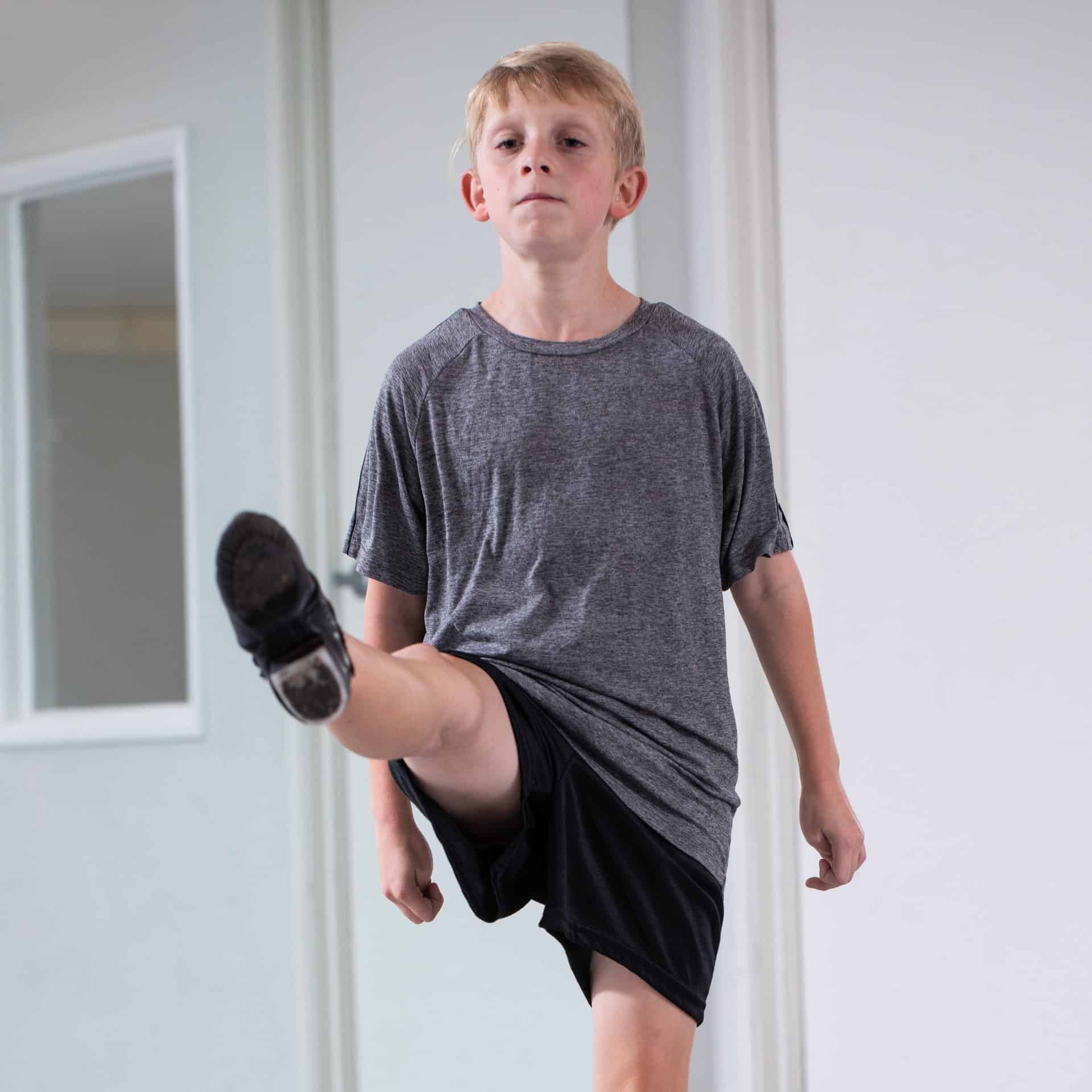
With no way of knowing how popular Riverdance would become or how it quickly it would spread, Tara jumped at the chance to be a part of the most celebrated show of the moment. It was the chance of a lifetime. “I think most of us thought [that the tour] would be maybe six weeks, that we’d never get this opportunity again. Twenty-five years later, and it’s still going.”
Tara started in the troupe and then eventually was chosen as an understudy. “The show had grown so big they had to develop a second and a third show,” Tara notes. “They had a show doing Europe, Asia, New Zealand and Australia, which was just amazing. It was unbelievable … just hotel to hotel to hotel. It was brilliant, the audiences and the different cities. And then they offered me the lead role for the American tour.”
Tara’s first introduction to the States was New York City. “It was insane,” she says. “It was a culture shock.” As the tour continued, so did Tara’s exposure to the diversity of America. “You start to really realize everyone doesn’t talk the same. Each city was like a different country to me,” she notes.
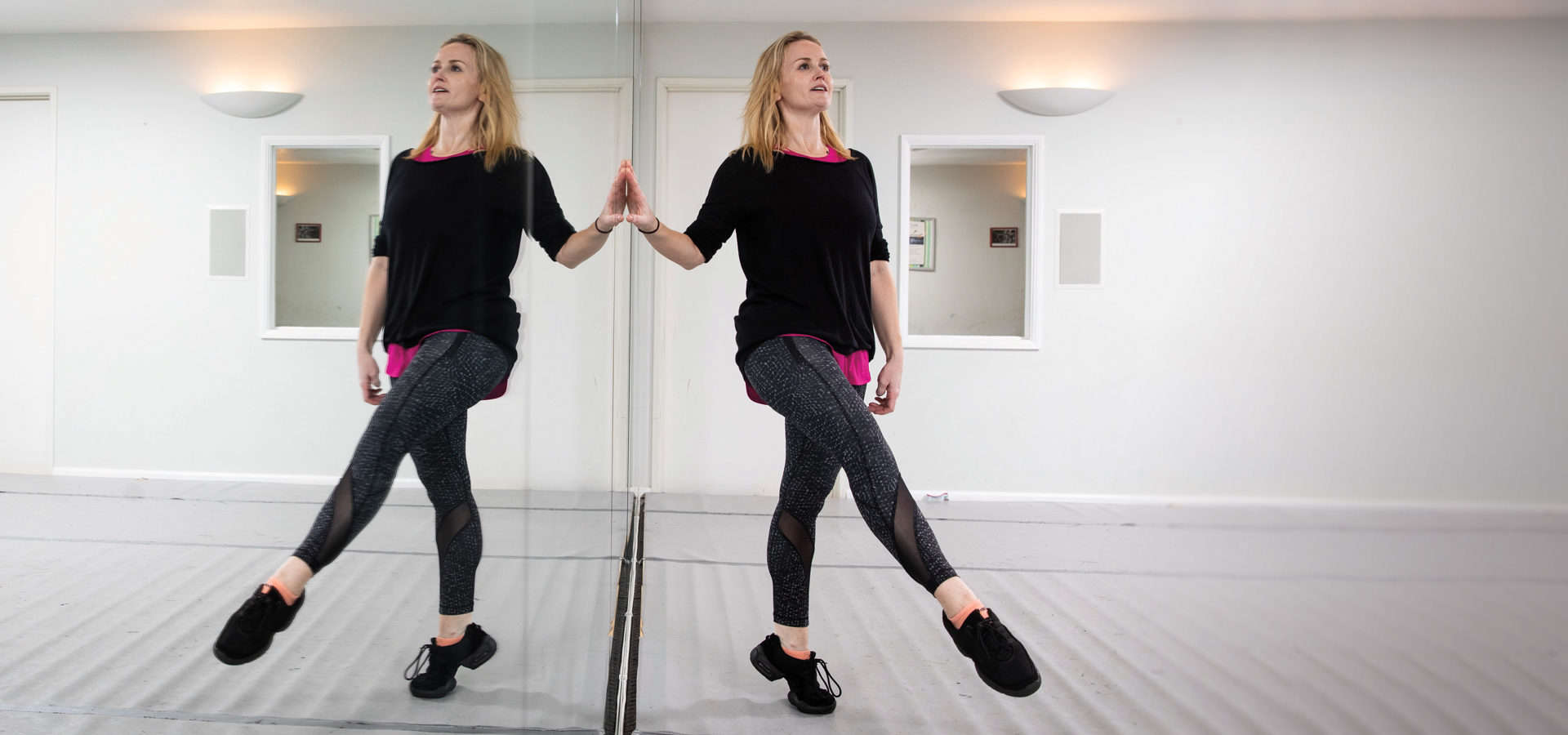
It didn’t take long, however, for Tara to acclimate. “You get used to living here,” she says. “Every time I’d go home, I’d pine to come back.”
Tara traveled around the world and across the United States with Riverdance for nine years. But it was in Chicago that she met her husband, Dan. “I met him in a restaurant/bar that was managed by four people from my hometown. I was in Chicago for four weeks.”
Now residing in the South Bay, Tara and Dan have expanded their family to include three daughters: 10-year-old twins, Reeve and Jola, and 6-year-old Freya. All three girls are studying Irish dance. “My twins are good,” Tara says, “they’re very good. And my 6-year-old just started dancing—she’s priceless! She takes it very seriously.”
Tara began teaching Irish dance more than eight years ago. But it was her daughter’s growing interest to learn that inspired her to study for the highest internationally recognized credential an Irish dance instructor can receive: the TCRG.
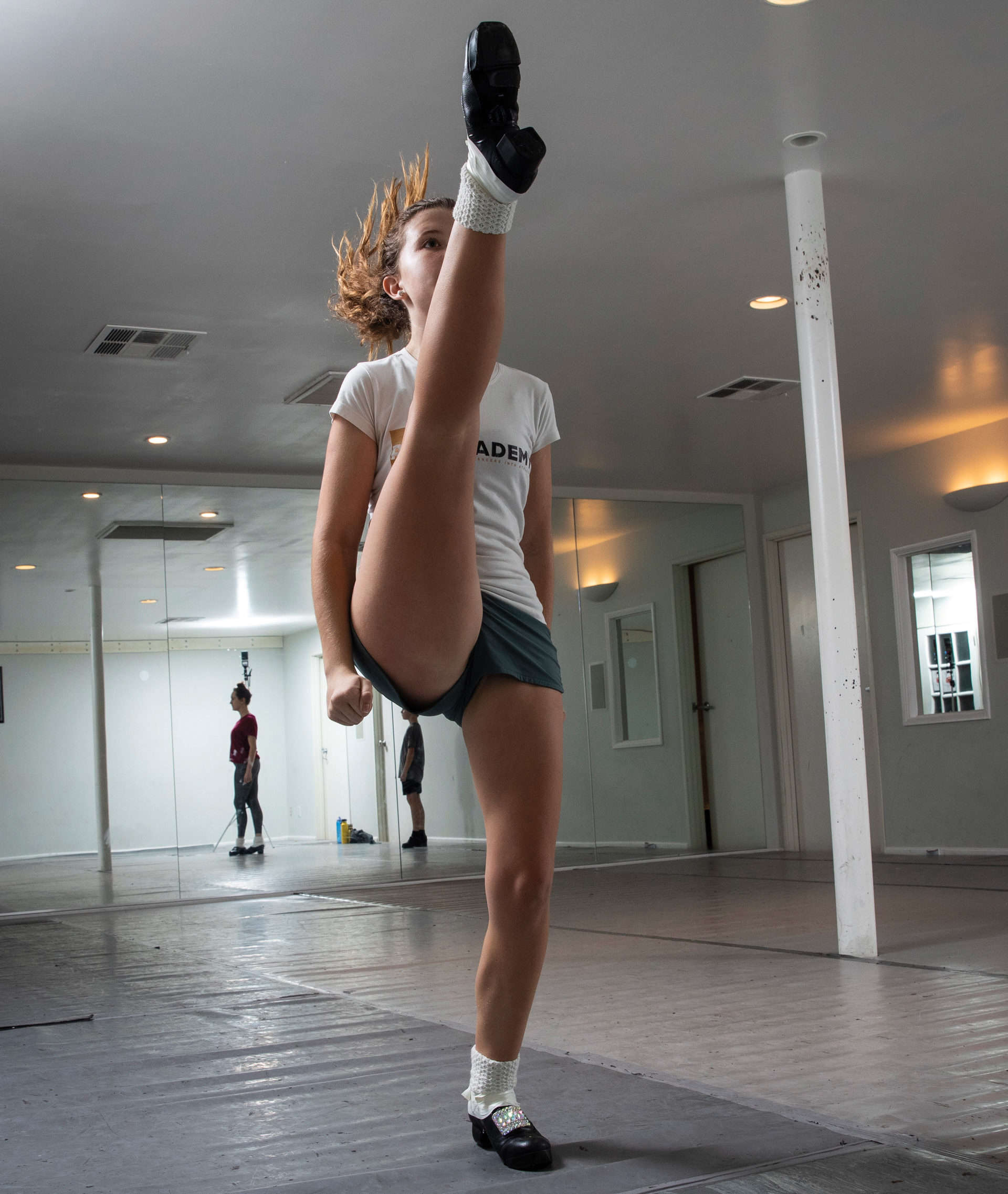
“It’s really rough,” Tara points out. “It’s a good yearlong studying process,” and that’s coming from someone who has spent their entire life dancing competitively and professionally. It’s an extremely hard exam. But I realized with [teaching] my own daughters, I had to do it.”
A good performer is animated, exuding charisma while capturing the attention of the audience. They make the miracles they perform on stage look effortless, and that’s because they’ve mastered the fundamentals.
“It’s like ballet,” Tara explains. “You have to teach them the structure, the really good basics from when they’re very small. A lot of people misunderstand Irish dancing. They either know Riverdance or they think it’s wigs and curls and crazy costumes, when really it’s probably one of the most disciplined sports.”
Fundamentals are important to Tara. They’re a priority in how she teaches her students and her daughters, and her methods get results.
The De Barra Academy of Irish Dance is new, really new. “I’m in my absolute infancy. I was like, ‘I’m going to just go in and do this and see what happens.’ And as of August, it just grew. We just had our very first regional Oireachtas.”
An Oireachtas is an Irish term for qualifiers. “There are different regions in America. Our region, the West Coast, has 14 states, and all the kids from those states compete. All the kids that were dancing with me since August, every single one of them was recalled into the third round—which is a great achievement for a school only open for 2½ months.”
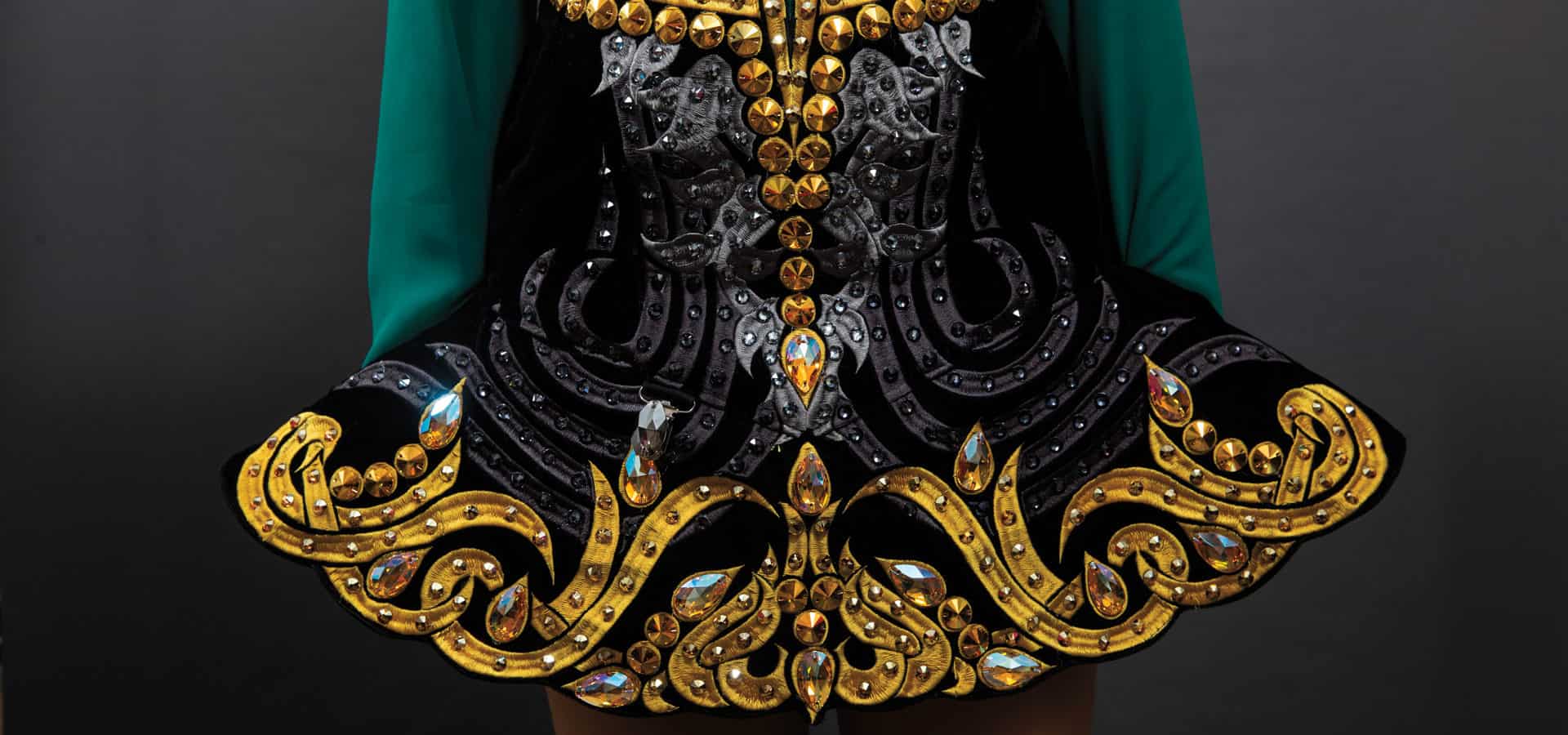
So what is it about Irish dance that’s attracting so much growing American interest? “I think it’s the energy,” Tara says. Even if you’ve only seen performances on-screen, the movements are mesmerizing—a blend of rhythm and fluidity juxtaposed with explosive bouts of power.
Tara also attributes the growth in popularity to Riverdance. “I think from the onset of Riverdance it changed the whole trajectory of Irish dancing 100%.”
And with many of the original cast members from Riverdance—as well as Lord of the Dance—settling in the States, there’s been a considerable impact on the “growth and high standards that have developed in Irish dance over the last decade,” she continues. “The irony of it has me really proud because my own daughters were born here. And also because I remember being that Irish child and thinking, ‘I’ll kick the Americans’ butts,’ and now it’s the other way around.”
With Tara at the helm of the academy, she finds herself at the beginning of a new chapter in her career … and it’s exciting. “It’s hard, but if you love what you’re doing, you just enjoy it. It’s brilliant.”
The academy’s continued growth means the addition of more incredible instructors to the team, as well as offering additional opportunities for students to learn from guest talent, including an open workshop this February with the Fusion Fighters. “They were on Britain’s Got Talent and Dancing with the Stars UK & Ireland. They’re amazing,” Tara says. “To me, it’s so important that each child that comes in here has the fundamental basics and they know exactly what they’re doing. I feel like it’s my duty.”
A duty to her students and to her daughters. “I’m on both sides of the fence,” she says. “I’m a mom, so I understand. On the day of competition, my own kids are competing. [The parents] come to me for help because I know how they feel.”
And it’s true: Her experience as a student, competitor, performer, teacher and now as the mother of three young dancers gives Tara a uniquely well-rounded perspective of the world of dance. And still when she talks about her craft, she exudes excitement. Tara loves what she does, and it shows.
“I’m amazed at the talent in the South Bay; it’s unreal,” she says. And then, right on time, her 4 p.m. class filters in. The studio is no longer quiet, and Tara once again takes the lead.
Southbay ‘s Annual Spring Style Guide Has the Latest Fashion Trends, Jewelry, Home Goods and Gifts!
Shop local and support our amazing businesses.






